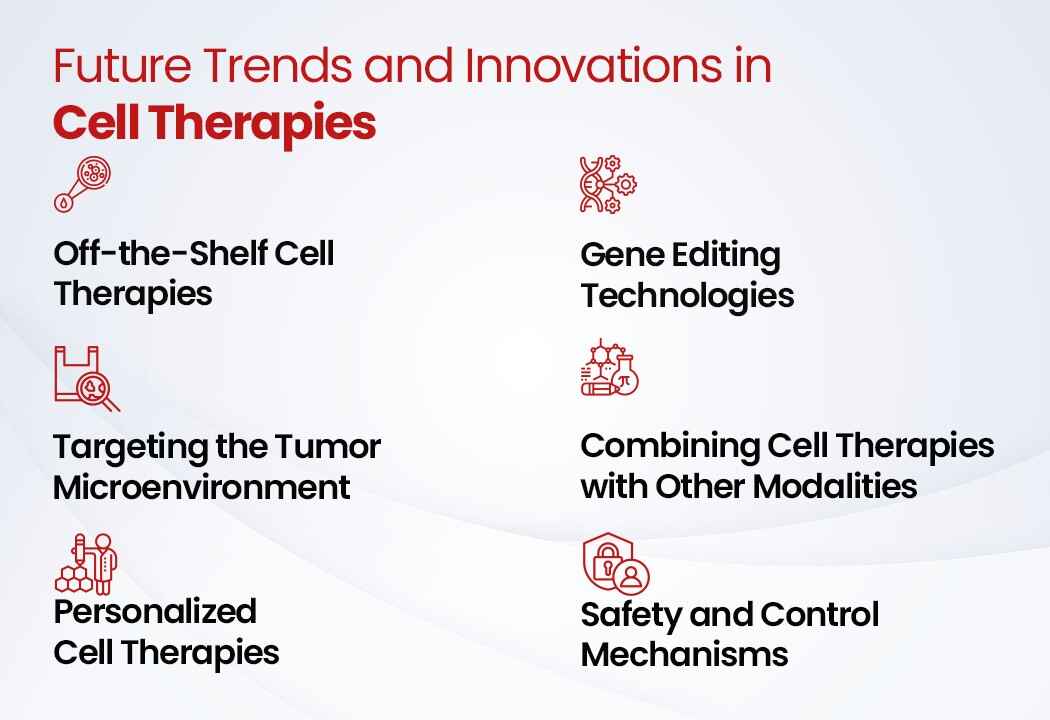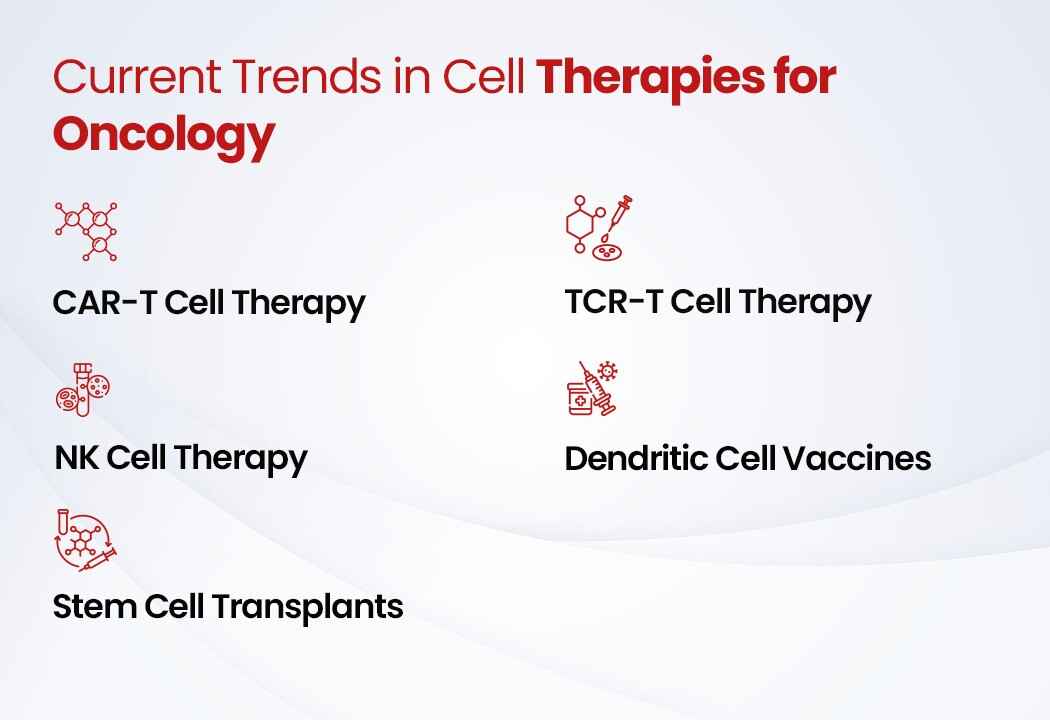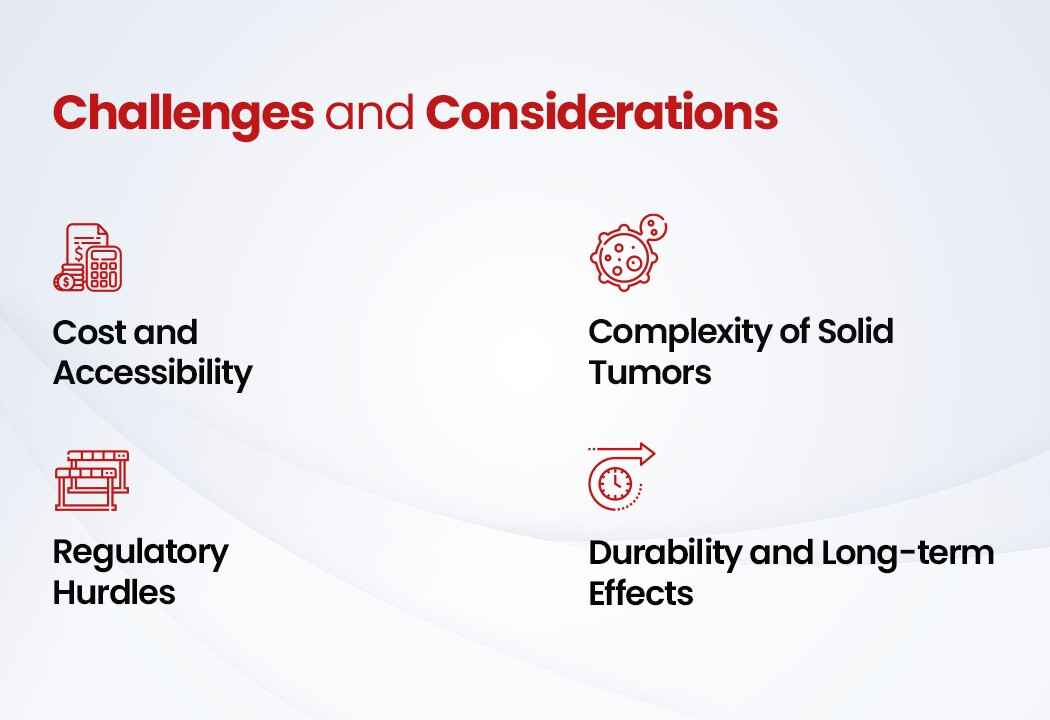3.1. Off-the-Shelf Cell Therapies
One significant limitation of current cell therapies is the need for patient-specific cell modification, which is time-consuming and costly. The development of “off-the-shelf” allogeneic cell therapies, derived from healthy donors and engineered to be universal, aims to address this issue.
These therapies could be produced in large quantities and made readily available, significantly reducing the time from diagnosis to treatment.
Patents in this area include US Patent No. 10,786,634, which covers allogeneic CAR-T cell therapies that are designed to avoid immune rejection, making them suitable for a broad patient population.
3.2. Gene Editing Technologies
The advent of CRISPR-Cas9 and other gene editing technologies has revolutionized the field of cell therapy. These tools allow for precise genetic modifications to enhance the efficacy and safety of cell-based treatments.
Researchers are exploring gene edits to improve T-cell persistence, reduce the risk of relapse, and minimize adverse effects. For example, editing out PD-1, a checkpoint protein that inhibits T-cell activity, can enhance the anti-tumor function of CAR-T cells.
CRISPR-related patents include US Patent No. 8,697,359, which covers CRISPR-Cas9 gene editing methods, and US Patent No. 10,266,850, which pertains to CRISPR-based gene editing in T-cells for therapeutic purposes.
3.3. Targeting the Tumor Microenvironment
The tumor microenvironment (TME) plays a crucial role in cancer progression and resistance to therapy. Future cell therapies aim to modify the TME to make it more hostile to cancer cells and more conducive to immune cell activity.
Strategies include engineering T-cells to secrete cytokines that recruit and activate other immune cells, as well as targeting regulatory cells within the TME that suppress immune responses.
Patents in this area include US Patent No. 9,393,308, which covers methods for modifying the TME to enhance anti-tumor immunity, and US Patent No. 10,024,729, which involves the use of engineered immune cells to alter the TME.
3.4. Combining Cell Therapies with Other Modalities
Combining cell therapies with other treatment modalities, such as chemotherapy, radiation, and immune checkpoint inhibitors, holds potential for synergistic effects.
For instance, combining CAR-T cells with checkpoint inhibitors can enhance T-cell activity and overcome tumor resistance mechanisms.
Similarly, radiation therapy can increase the expression of tumor antigens, making cancer cells more recognizable to engineered T-cells.
Relevant patents include US Patent No. 9,850,302, which covers combination therapies involving CAR-T cells and checkpoint inhibitors, and US Patent No. 10,016,603, which pertains to combining cell therapies with radiation treatment.
3.5. Personalized Cell Therapies
Personalization of cell therapies based on the genetic and molecular profile of an individual’s cancer is a growing trend. Advances in genomics and bioinformatics enable the identification of unique tumor antigens and immune evasion mechanisms, allowing for the design of highly specific and effective cell therapies.
Personalized approaches can optimize treatment efficacy and minimize off-target effects.
Patents that support personalized cell therapies include US Patent No. 10,167,491, which covers methods for identifying tumor-specific antigens, and US Patent No. 10,548,811, which relates to personalized cancer vaccines based on neoantigens.
3.6. Safety and Control Mechanisms
As cell therapies become more potent, ensuring their safety is paramount. Researchers are developing control mechanisms, such as “suicide genes” that can be activated to eliminate engineered cells if adverse effects occur.
Additionally, improving the precision of gene editing and reducing off-target effects are critical areas of focus to enhance the overall safety profile of these therapies.
Patents in this domain include US Patent No. 9,949,898, which covers the use of safety switches in engineered T-cells, and US Patent No. 10,172,914, which pertains to methods for reducing off-target effects in gene editing.










